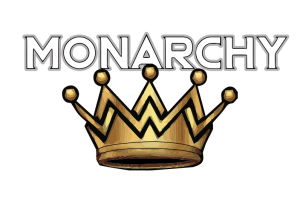From the Trainer’s Room: Dealing with groin injuries in hockey
 Groin strains are common injuries in the game of ice hockey.
Groin strains are common injuries in the game of ice hockey.
Previous reports in the NHL have shown than up to 10 percent of all injuries sustained have been due to strains of the groin or adductor muscle group. In today’s NHL, it is a little tougher to note since these injuries are now classified as “lower body” and not specific.
The main groin muscles include the adductor longus, magnus and brevis and the gracilis. Their primary function is to bring the leg back towards the middle of the body or adduct the hip. Groin injuries can be debilitating as the muscle group is elongated on the skating stride and contracted on the recovery phase, so it is constantly being stressed.
Strains of this nature can cause an athlete to miss significant time off the ice. When a strain of a muscle occurs, the force placed on the muscle is too great and causes the fibers to tear. The severity can differ from one injury to another and usually affects either the muscle belly, near the middle of the inside of the thigh or the origin up near the pubic bone where the muscle turns into a tendon and attaches to the bone.
Two noted factors that pre-dispose an athlete to a groin injury include decreased flexibility of the groin, hip flexor and glutes and weakness of the adductors/groin muscles.
When a groin injury occurs, it is important not to play through it and to seek medical advice from a qualified physician, athletic trainer or physical therapist who works with athletes with these types of injuries. If a strain affects your stride, speed or power on the ice, it will typically get worse if you continue to play with the injury.
Normal treatment will include rest, flexibility exercises of the adductors, glutes and hip flexors which should all be pain-free and strengthening of the adductors and hip flexors as they aid in the recovery phase of skating. A slow, gradual return to skating followed by return to practice is also a key to the recovery before returning to games.
Once the pain has subsided, it is still important to maintain the flexibility and strength in your hips to help prevent future injuries.
Chris Phillips is an athletic trainer and strength and conditioning Specialist with over 20 years’ experience in professional sports. Chris has worked in the NHL with the Mighty Ducks of Anaheim and Washington Capitals and was also the head athletic trainer for the 2002 USA Hockey Men’s National Team. He is the founder of Compete Sports Performance and Rehab in Southern California. Chris can be reached at chris@competeperformance.com.
(January 7, 2022)









